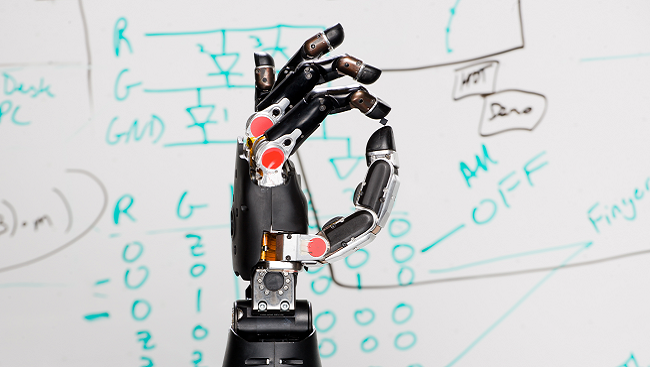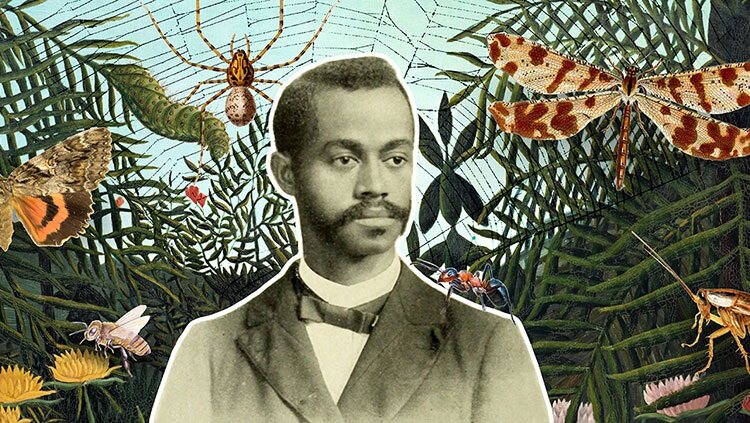Animal Research Success Stories: Brain-Machine Interface
- Published6 Sep 2016
- Reviewed6 Sep 2016
- Author Jennifer Brummet
- Source BrainFacts/SfN
Research with rhesus monkeys drove the development of technology melding mind with machine in the hope of one day restoring to paralyzed people the ability to walk or use their arms. Nonhuman primate models remain essential to further this effort because their brain anatomy and function closely resembles humans’.

When researching how the brain controls movement, scientists noticed specific brain cells activated when people performed certain behaviors. Following this observation in humans, researchers recorded signals from individual brain cells in rhesus monkeys as they moved their arms. Movement in one direction elicited firing in specific neurons in the motor cortex, the brain’s movement control center, while movement in another direction activated different cells in this region. That is, the neurons were specialized to control specific types of movement. Researchers also found groups of neurons work together to direct behavior in particular ways.
Merely thinking about a movement activates motor-control neurons, generating an electrical signal. Brain-machine interface (BMI) technology takes advantage of this signaling and allows the brain to communicate with a computer or machine. A small electrode implanted in the brain decodes the electrical signals and converts them into digital commands to control a cursor on a computer screen or even manipulate a robotic arm.
Research using nonhuman primates has been crucial to helping researchers design and refine BMI for use in people who are paralyzed due to stroke or spinal cord injury. The technology is restoring their ability to communicate with loved ones or grasp and manipulate objects, and, with further research, it promises to do much more.
CONTENT PROVIDED BY
BrainFacts/SfN
References
Aflalo T, Kellis S, Klaes C, Lee B, Shi Y, et al. Decoding motor imagery from the posterior parietal cortex of a tetraplegic human. Science. 348(6237): 906-910 (2015).
Hochberg LR, Bacher D, Jarosiewicz B, Masse NY, Simeral JD. Nature. 485: 372-375 (2012).
Stetson C, Andersen RA. Early planning activity in frontal and parietal cortex in a simplified task. Journal of Neurophysiology. 113: 3915-3922 (2015).
Also In Animals in Research
Trending
Popular articles on BrainFacts.org


















